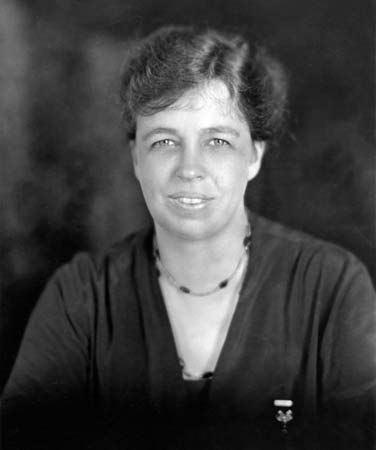
Several years ago, when going places was common and we didn’t think twice about renting a strangers house for a few days on Air BnB, we visited Dutchess county in upstate New York. We rented a fabulous converted barn, owned by a power lesbian from a wealthy family who spent her day to day life in the West Village working as an academic. I have always loved the homes of my lesbian friends, because, without going into the stereotype too much, they just love to be comfortable, inwardly focused and create womb-like living spaces to replace the mothers that they have rejected in real life. There. I said it. Judge me for it.
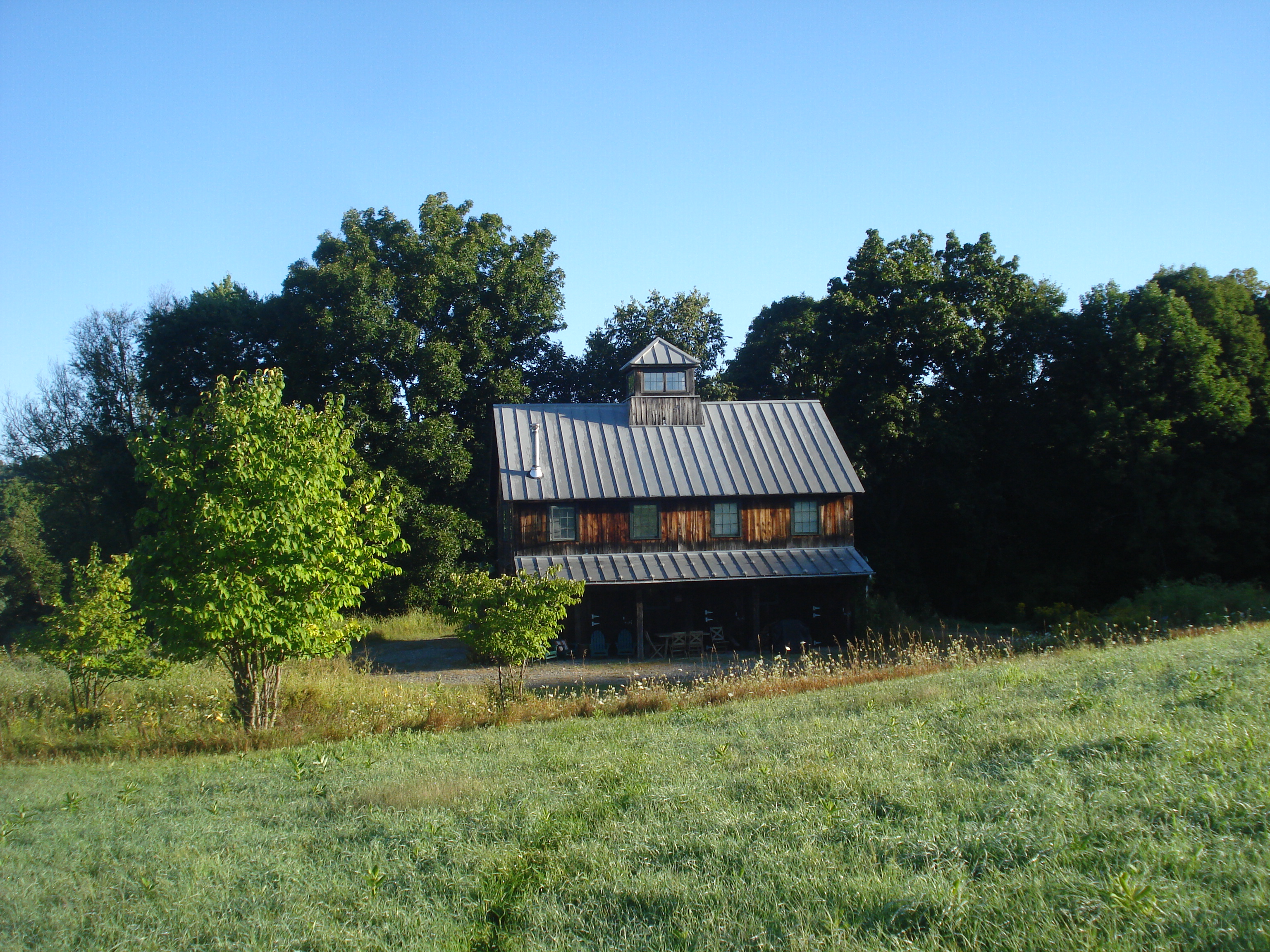
From that beautiful house in Millbrook NY, we explored the surrounding areas and of course that immediately led us to the Roosevelts of the Franklin and Eleanor variety, who have a long history there and could be considered the original nobility of Dutchess county. My favorite discovery was Val-Kill, a cottage that was built under the supervision of the soon to be president, starting in 1925. Today it is a State Park and one of those homes that inspire you to make our own homes more intimate, more attractive and more of a sanctuary.
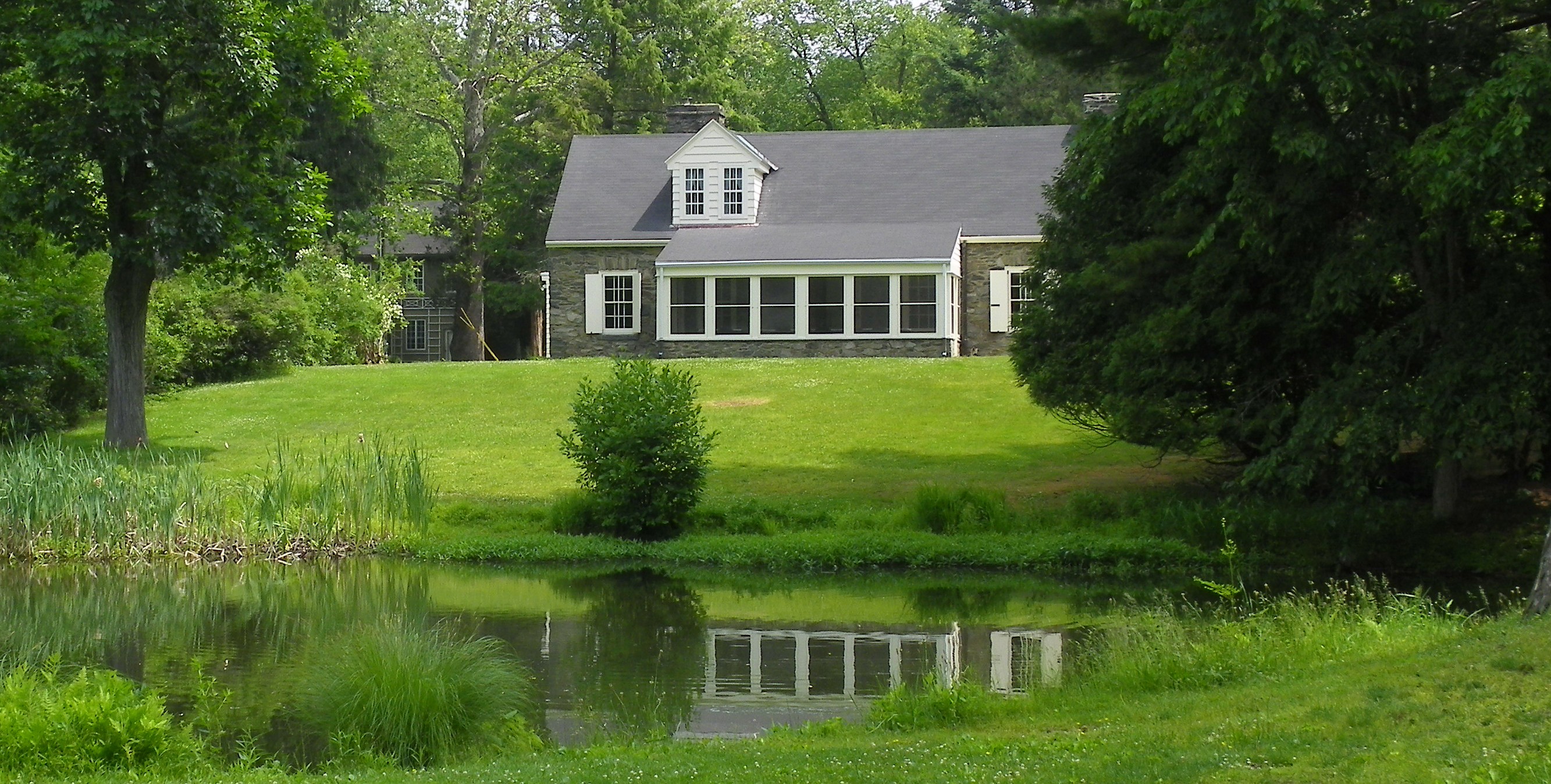
Eleanor Roosevelt was born in 1884, two years after her cousin (five times or so removed) Franklin. They were part of two quite distinct branches of the New York Roosevelts, whose history went back to old New York before the British took over in 1675. Both sides of the family maintained city homes in Manhattan but, as was common among the upper classes of their time, each year was a relentless merry-go-round of traveling between the city and the country with excursions to the summer homes in Oyster Bay, Newport or even New Brunswick, Canada. The amount of traveling and moving around these people did to be in the right place at the right time reminds me of the British in India, who would pack up the entire government every summer and move it to Simla and other hill stations to escape the heat and the rains.
Eleanor’s family were considered the Oyster Bay Roosevelts and Franklin’s family home was called Springwood, located in Hyde Park, Dutchess county. Both of them could be considered poor little rich kids. Franklin, the handsome little prince, an only child, was completely pampered by his mother Sarah and her staff but lost his father at a young age and had few friends his own age. Eleanor, being the ungainly, overly serious oldest daughter of parents who died young was mostly pushed around between aunts and grandmother and tolerated rather than celebrated. By the end of WWI and the early twenties, they hit several main challenges in their initially quite happy and romantic marriage, which started in 1904. Franklin was romantically involved with Eleanor’s social secretary, then he was paralyzed by polio and went fishing in Florida for several years leaving Eleanor to raise their five children with his cold and overbearing mother in New York and Upstate.
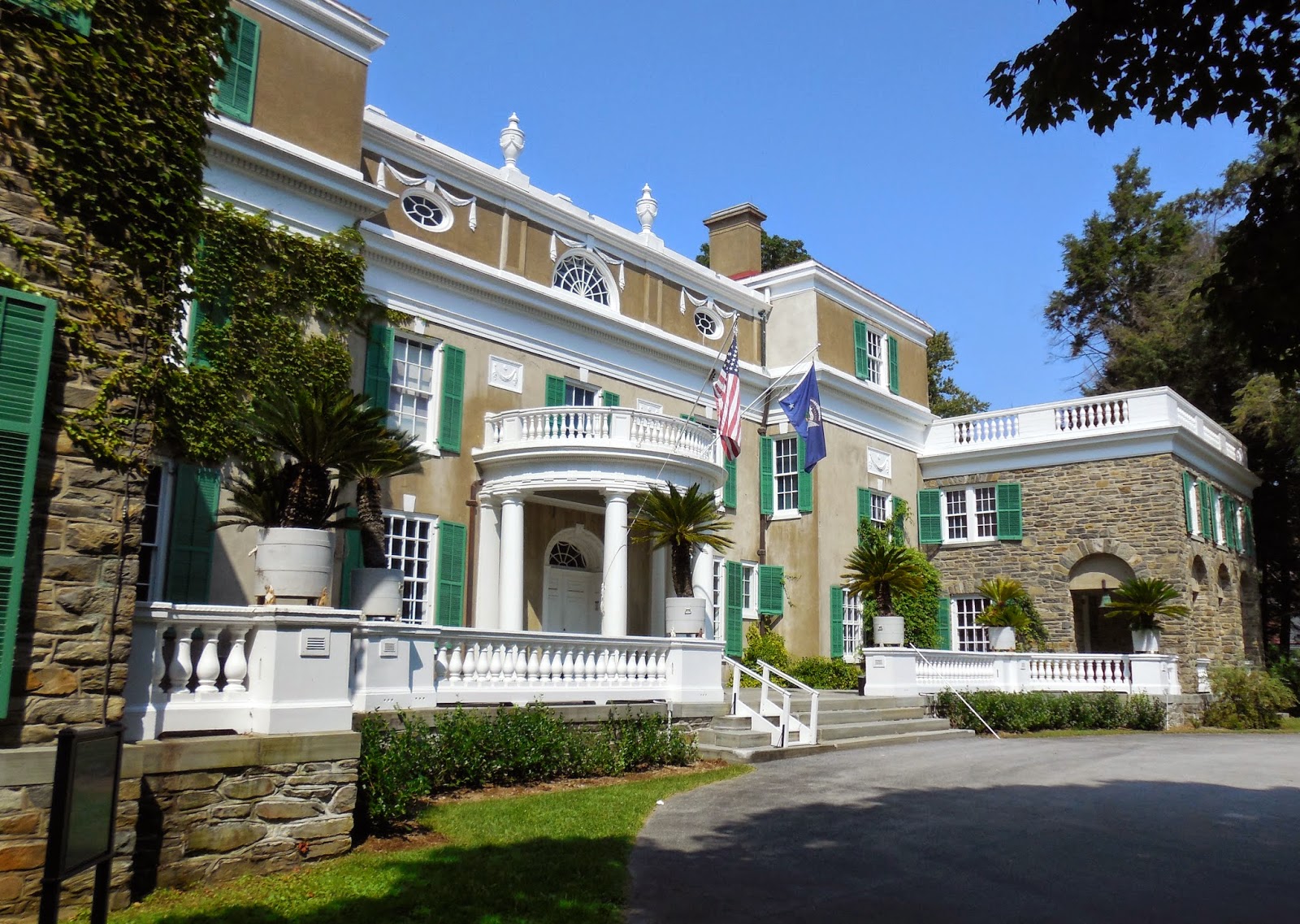
By 1925, Eleanor’s kids were already starting to grow up and she had made friends of her own, some of them well known lesbians from the West Village, all of them politically active and vibrant people who encouraged her to seek her own path in life. One of the many encouraging and comforting things about ER’s life, as we can read about it in Blanche Wiesen Cook’s adoring three part biography, is how she constantly re-invents herself and is a shining example of a person who grew into being the best person she could be, for herself and for others, against all the odds.
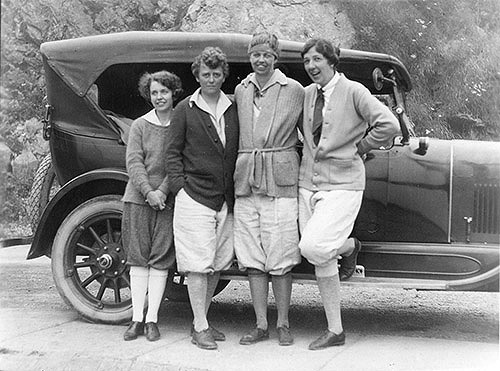
So the cottage at Val-Kill, about 2 miles walking inland from the Roosevelt mansion on the Hudson River in Hyde Park, is a monument to that push for independence. Her friends Nancy Cook and Marion Dickerman were partners living together on West 11th street but they also took part in constructing Val-Kill. This was the refuge that Eleanor needed because she felt that all her life – she was 43 at the time – she had lived in other people’s houses. They started a furniture business led by Nancy Cook in the area, creating jobs even before the crash of 1929 and the Great Depression.
Dickerman owned a private school in Manhattan and Eleanor would teach there. Even when Franklin was the Governor of New York, she would take the train every Sunday afternoon and teach Monday through Wednesday morning when she would be heading back to Albany to host a never ending series of events at the Executive Mansion. Seeing that FDR at this point was recovered but unable to walk, all of their social life and networking took place at home much as it would later on at the White House.
There are at least three Roosevelts worth studying, giants of American History. Although FDR is by far the most famous, it may be that upon close inspection Teddy and Eleanor had more of a lasting influence. Teddy was Eleanor uncle, the quintessential Oyster Bay Roosevelt, brother of her father Elliott who drank himself to death by 1894 when ER was only 10 years old. Teddy’s legacy is incredibly checkered and interesting, seeing that responsible for much of the earliest progressive reform in the early 20th century and the creation of so many of our national parks. His legacy is under attack both from the left (taking down his statue) and the right (selling out his parks to the fossil fuel industry). He was indeed a war-monger and a bully, creating the foundation for later crises involving Cuba and Puerto Rico, and a big game hunter not unlike our current President’s sons. His story will be examined and evaluated forever because it is full of endless ambiguities.
Eleanor’s life on the other hand, while not easy for her, is incredibly inspirational. She was involved with charitable projects in Lower Manhattan and forever championed the underdog, long before she entered politics in the shadow of FDR. She lent her considerable stamina and dedication to the suffragette struggle to get the vote for women, always navigating her personal position and proximity to power but letting other people shine and take the lead. When FDR was forced to take a step back from the shining path to greatness that was laid out for him by his mother and their money, she was a quiet force for good in progressive politics mobilizing women in the 1920s. Imagine going to a girls’ school in 1920s Manhattan and being able to say you were a student of Mrs Roosevelt.
Of course, the establishment always had it in for her and her FBI file is probably one of the largest in the history of our country. Even if she was a moderate by today’s standard and she knew when to take a back seat, she was always considered extremely threatening by the men who ran this country from behind the throne. But then so did she, from behind FDR’s throne, because her influence on him and much of his progressive policies of the 1930s into WWII was immense.
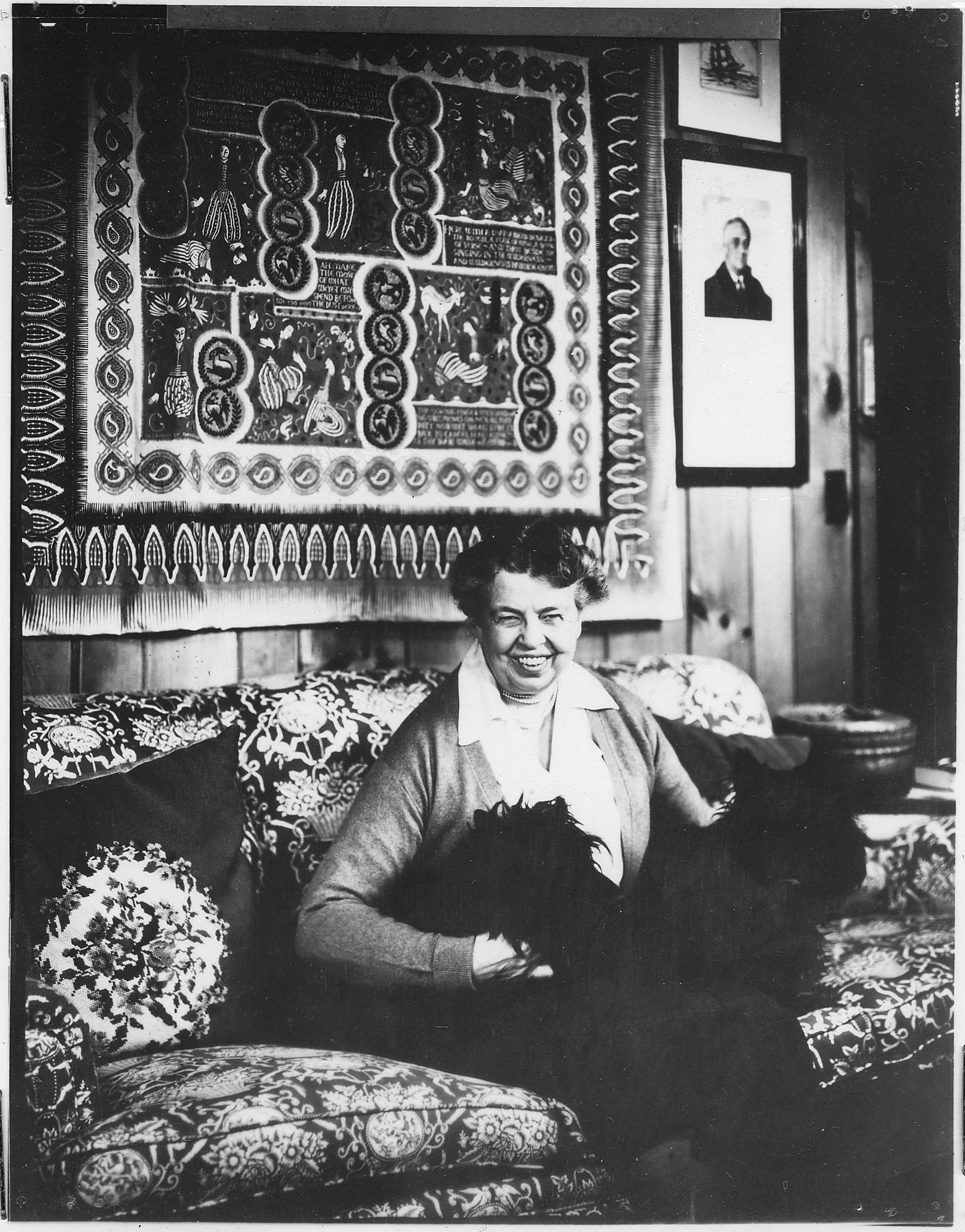
After the War there was the United Nations, the International Court and the Universal Declaration of Human Rights. Much of what she stood for during her long and productive life is now under threat and needs to be guarded. It is highly recommended to brush up on her life by reading about her or watching Ken Burns’ excellent documentary called “The Roosevelts”. You won’t be disappointed and you will be inspired in a way that the current crop of candidates, including most of the ladies were quietly hoping to become Biden’s VP, can never attain.